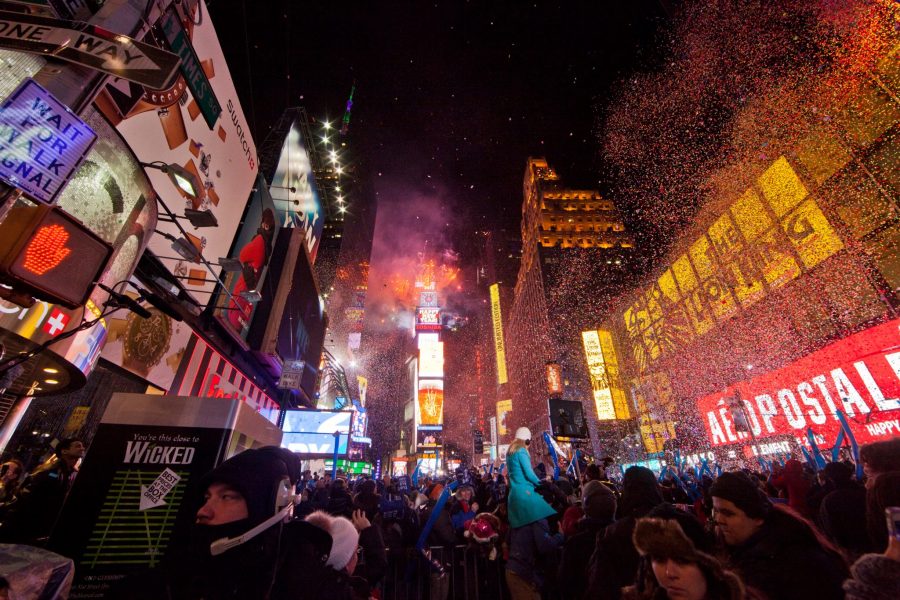Possibly the most iconic image of New Year’s Eve in the United States is the midnight ball drop in Times Square. The event includes much fanfare; superstars perform multiple songs throughout the night, celebrity announcers are present, and every news station in the country covers the event, filming over a million people who gather for the ball drop. Over a billion people watch this event from their homes, most of whom live in other countries. Though so many know of this huge ceremony and recreate it across the country and throughout the world, very few know the history behind the tradition.
How it began
The first New Year’s Eve celebration was used to usher in the year 1904. Originally, no Ball was dropped and midnight was marked by fireworks set off from the top of Longacre Square, which was the second tallest building in the city at the time. The building was the new home of the New York Times and the owner of the paper wanted to celebrate the New Year (the paper’s new building) with a midnight celebration of fireworks. This celebration continued for a few years, until 1907 when the first Ball was created and used in the celebrations.
The first ball
The orginal New Year’s Eve Ball was 5 feet in diameter and weighed about 700 pounds. It had 100 25-watt light bulbs and was simply made out of iron and wood. It was hoisted up a flagpole on top of the Times building and then lowered when the clock struck midnight. Since then, there have been seven different balls designed and used in Times Square.
Changes over the years
As time went on, more and more people began attending the New Year’s Eve festivities in Times Square. The hotels around Times Square would be completely booked, with groups of people holding fancy parties inside, a tradition known as “lobster palaces.” Every year since 1907, a Ball has been lowered in Times Square, except during 1942 and 1943 when there were restrictions on power usage during WWII. Instead, people marked the new year with a moment of silence and then rang chimes.
The current Ball
A new Ball was eventually created in 1920 and was used until 1955, when a significantly lighter aluminum ball was created. This ball was used until the 1980s, was replaced, and then that ball remained in use until the new millennium, when a flashier ball was briefly used. The next ball was finally created to celebrate the 100th anniversary of the ball drop, which inspired the design of the Big Ball, which is now attached to the top of the original building and weighs six tons and has a diameter of 12 feet. This ball is decorated with tens of thousands of lights and Waterford crystals. It is now considered a classic attraction of New York City and sits overlooking Times Square, for millions of people to see every day.

